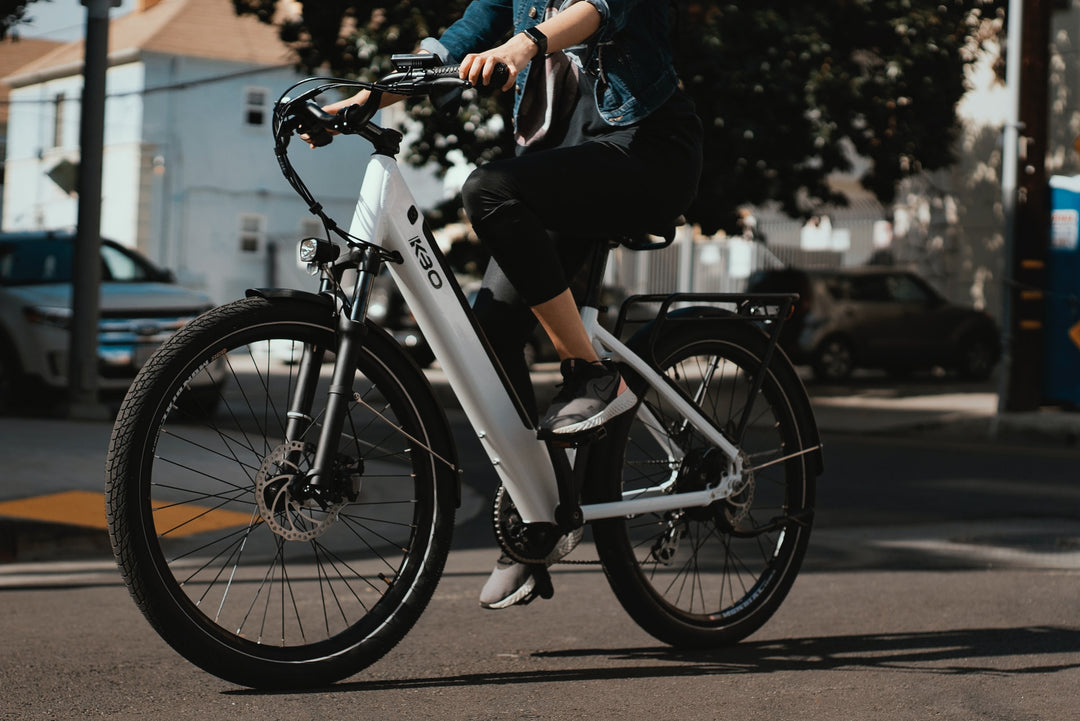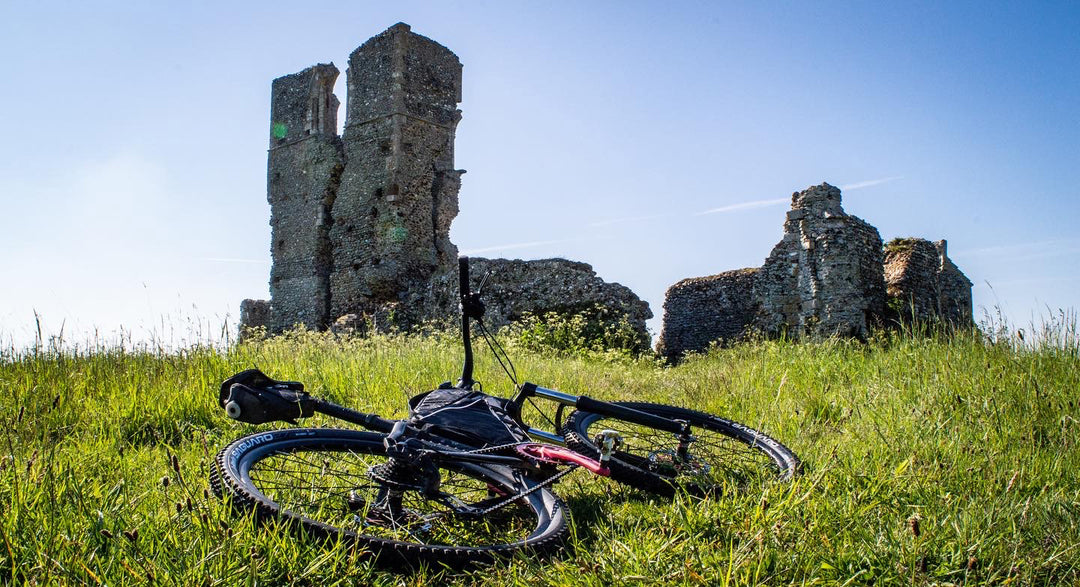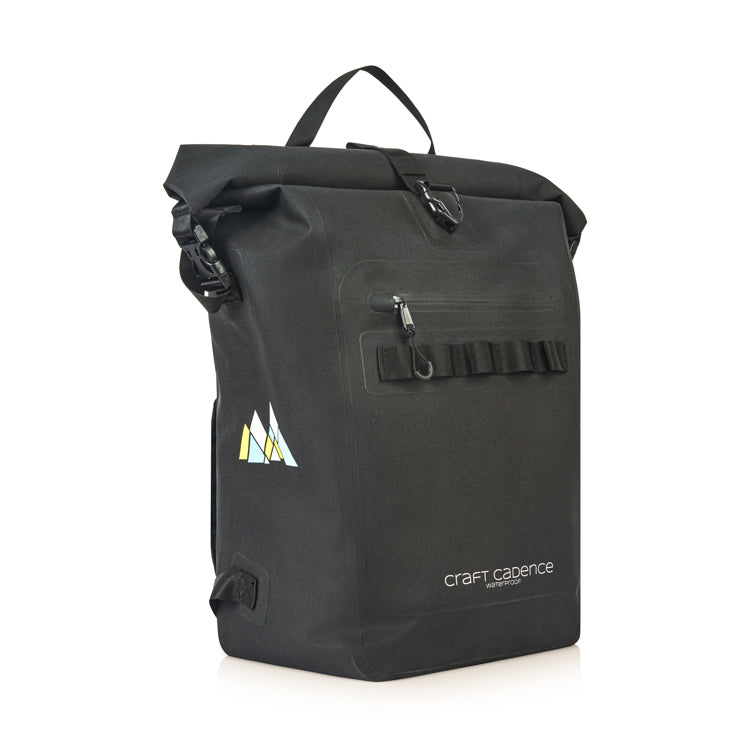How to stay visible on your commute?
During busy commuting periods, road users are often rushed, drivers can be distracted by the dark mornings or evenings and iced-up windscreens in the winter cause visibility to be low. It is critical, therefore, for commuters to stay conspicuous at all times.
You’ve probably read about being lit up ‘like a Christmas tree’ when cycling in the dark, however, that shouldn’t necessarily be your main objective. To be clearly visible while commuting, you need to stand out, sure, but you also need to be identifiable as an actual person cycling.
You need to light up as a cyclist, rather than a Christmas tree. Here are our essential tips for staying visible on your commute.
Lighting yourself up properly
It’s a legal requirement to have a white front light and a red rear light when cycling in the dark. If you want to be truly visible, you should think about going above and beyond. Many cyclists now ride with a light on their helmet and another flashing red light attached to their bag or back of the helmet. Flashing lights will attract other road users’ attention best, however, a more steady light will improve your own visibility of the road better. You should be using your lights the minute natural sunlight begins to fade.
As a general rule, it’s always worth carrying a spare pair of lights. You don’t want to be left in the lurch if your main lights fail, run out of battery and so on. In fact, many newer bike lights are now USB powered so you can easily charge them at work in between commutes.
Position yourself on the road correctly
Presuming you’ve got your cycling lights on, you should also think about where you cycle on the road to improve visibility to others. This is particularly important during the winter months and cycling in the correct position will make you far more visible to others on the road, and also make it less likely that cars will try and squeeze past you. Be confident and own your section of the road, don’t cycle as close to the pavement as possible. Doing this will also provide you with more room to manoeuvre out of the way of potholes and rogue debris on the road too.
Ride in pairs
Much like your cycling position on the road, cycling with a friend helps make you more visible than if you were cycling solo. If lots of people at your workplace cycle to work, consider riding together - there is safety in numbers as they say!
Pick the right cycle route
Your cycling commute route choice is important here, especially during the winter. When it is possible, try and stick to designated cycle paths which are well lit and separate to the main road. In most major UK cities, cycling infrastructure is improving so there should be options to stick to well-lit cycle paths. If you can’t use a designated cycle path, try and plan your route to avoid unlit roads or roads that have potholes in them. The more suitable your route is for cycling, the more visible and safe your commute will be.
Wear reflective, high-vis clothing
To improve visibility on your commute, reflective clothing and brightly coloured jackets are an easy way to stand out. Bright, reflective clothing helps catch the attention of drivers, but you can also include reflective wristbands, gloves, overshoes and so on. The more reflective your clothing, the more visible you’ll be. You can even buy reflective stickers!
The impact of wearing high-vis clothing was highlighted during a study which revealed a reduced accident risk of 47% for those wearing a high-vis jacket. However, the effectiveness of reflective-wear was disputed by another study which suggested there was no impact of wearing reflective clothing. This goes to show that while wearing high-vis clothing is not a guarantee of road safety, it is a combination of all factors, including all the points made in this post.
There you have it, some of our top tips to ensure all-around visibility while on your commute. However, also be aware that you can’t simply rely on one thing to keep you visible, be it your lights, clothing or road positioning. Nor does improved visibility equal cycling safety. You must still ride predictably, follow the rules of the road and build confidence with training courses (if needed). The combination of all of these things is what will ensure you are both visible and safe on our roads.



